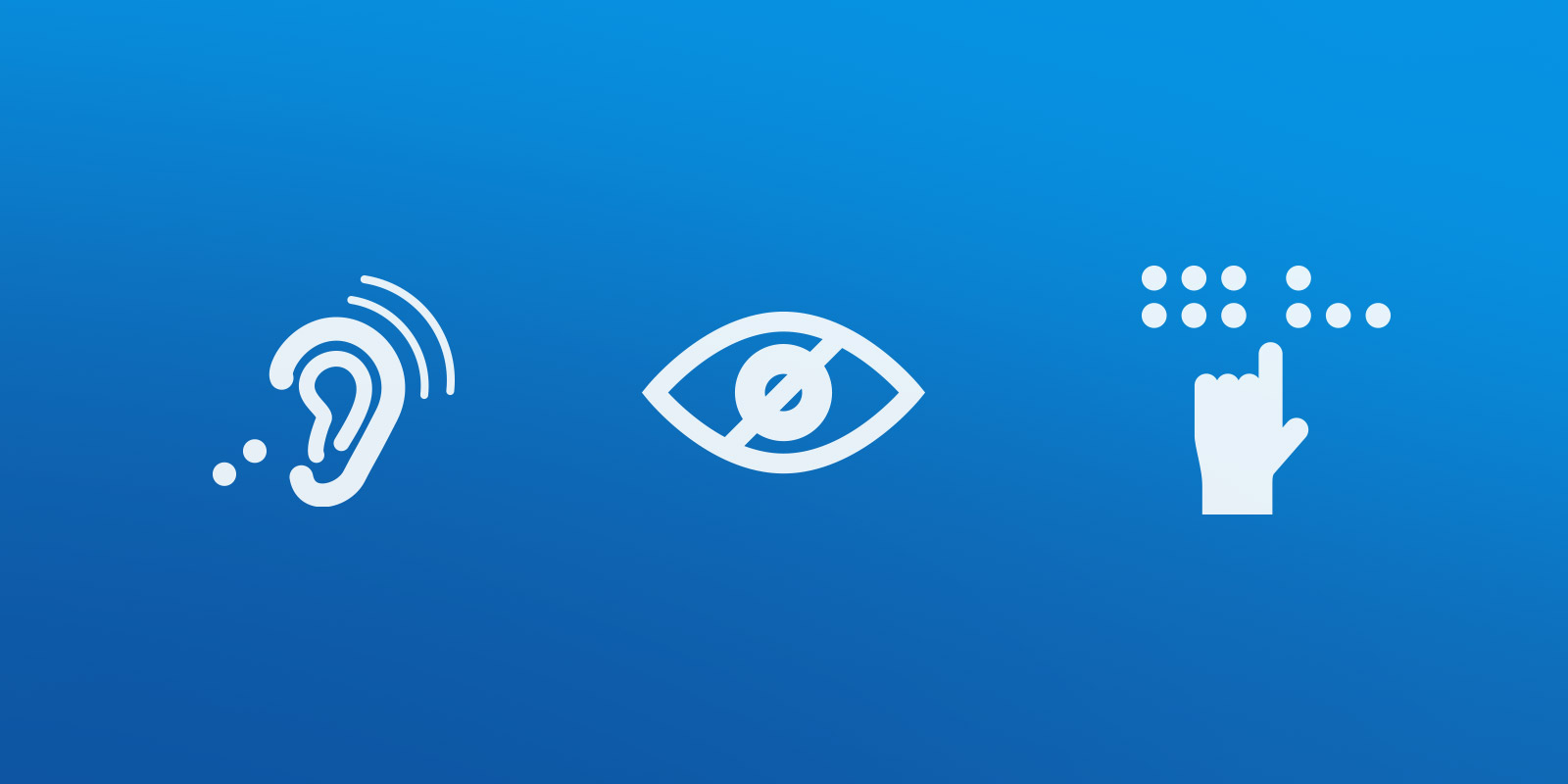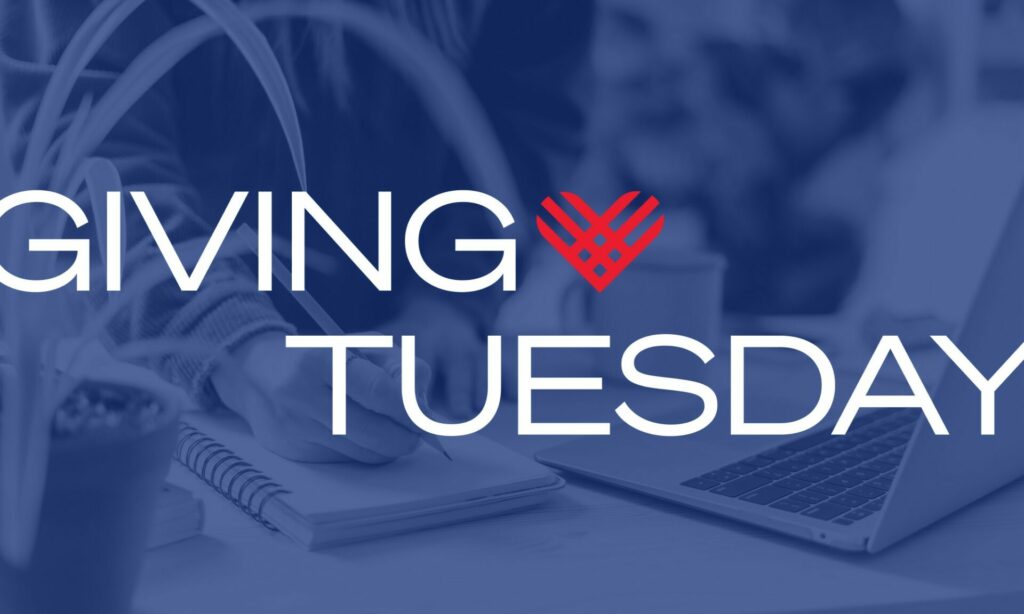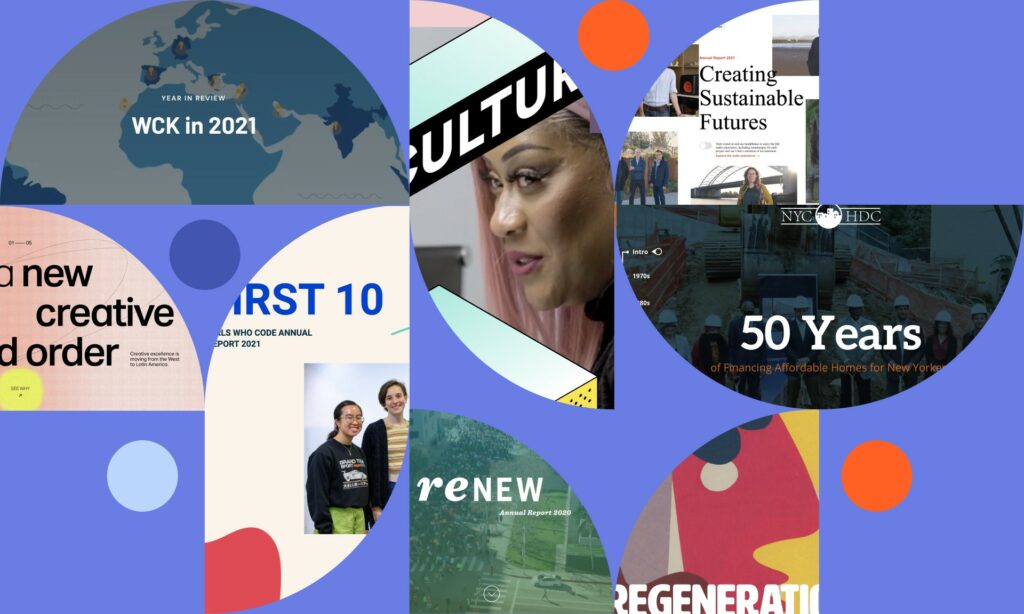
Clients often pose this question to us during a project: “How accessible will our new site be?” To answer this question, we have to make a distinction between usability and accessibility, as there is often confusion between the two criteria:
- Usability is the ease in which users connect with information and actions on your website. This is sometimes confused with accessibility because the goal of a good website is to make information and actions “accessible” to your users.
- Accessibility is the ability of your site to serve information to all people, regardless of any physical disability.
As you can see, the two concepts are not mutually exclusive, but this post will explore the criteria for accessibility and why it’s important that your website provides equal access to information and functionality to all users.
Why is Accessibility Important?
An estimated 12.1% of the U.S. population has a disability. This is a large user base to take into account when thinking about website users. Also consider that disabilities encompass visual, auditory, physical, speech, cognitive, language, learning, and neurological limitations. Disabilities range in severity, may overlap with others, and may or may be not be permanent.
To put it simply, there is no common denominator in considering users with disabilities. For this reason, standards have been developed that provide website creators with guidelines.
Standards for Accessibility
There has historically been multiple sources for accessibility standards including the federal government as well as international communities. The information in the guidelines often overlapped and there had been a lot of confusion in the web community about which standard to adopt. Fortunately (as of January 18, 2018) it is now more clear—more on that in a moment. But first, let’s look at what standards have existed:
- Section 508 of the Rehabilitation Act mandates that “agencies must give disabled employees and members of the public access to information that is comparable to access available to others” and offers guidance on the creation of accessible websites.
- Title II of The Americans with Disabilities Act (ADA) includes its own set of suggestions and practices for web accessibility, targeting state and local government websites.
- The Web Content Accessibility Guidelines (WCAG) is an industry-wide accepted set of standards. The WCAG is the result of an international effort, known as the Web Accessibility Initiative (WAI) led by the World Wide Web Consortium (W3C). The guidelines are more comprehensive and have kept pace with web technology, whereas the federal standards above have fallen behind. The WCAG is also more robust and offers three tiers of compliance: A, AA, and AAA. Each tier builds on the one before it in its level of detail.
Fortunately, the federal government has recognized that their accessibility guidance would be stronger if it was aligned with the the WCAG. As of January 18, 2018, Section 508 is incorporating WCAG Level A and AA into its updated version. The ADA, while not officially amending their guidelines, now encourages website creators to follow the WCAG standards. Finally, after all these years, we have one standard!
What Makes a Website Accessible?
Making a website accessible requires consideration of all the different ways a user may interact with an element on a page. For instance, a user may have a vision impairment and use a screen reader and the website must be built appropriately for the screen reader to work.
Some examples include:
- Providing an alt tag on an image for users that are visually impaired; screen readers will read the description of the image
- Ensuring the contrast on elements like buttons as color-blind users may miss visual cues based on color
- Organizing content and menus in a logical, hierarchical manner
How Do We Test for Accessibility?
To ensure our sites meet these standards we test across a wide array of devices and browsers. We also have a suite of specific tools for testing accessibility, which is always growing. These tools include:
In Conclusion
Accessibility is an integral part of the website design and development workflow. Adhering to the common standard leads to websites that are as inclusive to the widest audience possible, not just those that have specific usability needs.
If you want to learn more about making your website more accessible, feel free to contact us.















